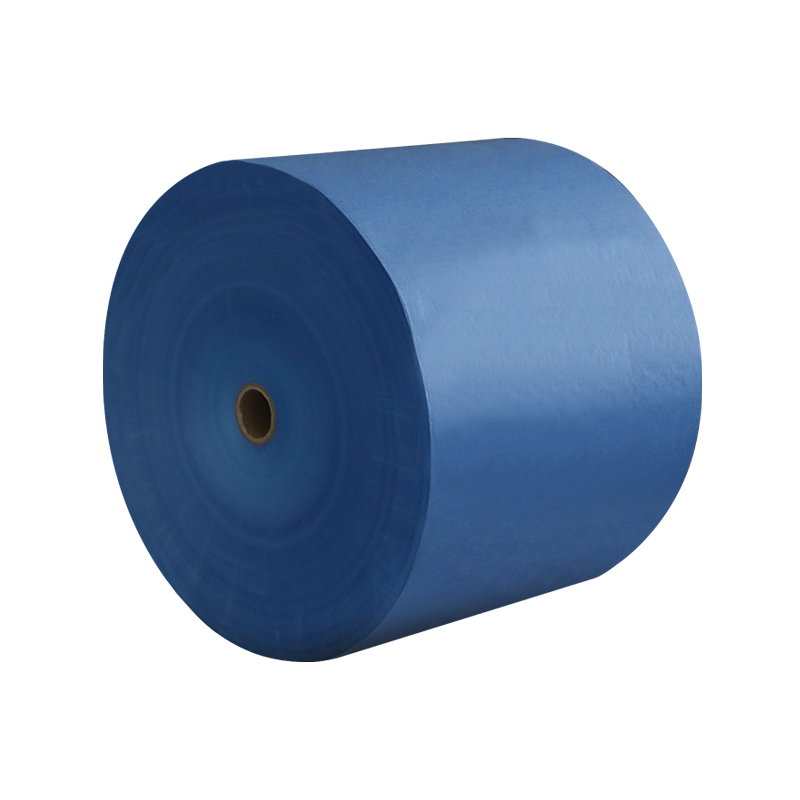Packaging base paper has undergone significant evolution over the years, transitioning from traditional methods of production to more sustainable practices that align with today’s environmental standards.
The use of paper for packaging dates back centuries, with early forms of packaging paper being made from natural fibers such as cotton and linen. However, it wasn’t until the 19th century that the production of paper from wood pulp became widespread, leading to the development of the modern packaging base paper.

Initially, packaging base paper was used primarily for wrapping goods and creating simple containers. As industrialization progressed, the demand for stronger and more durable packaging materials grew, leading to the development of kraft paper and other types of containerboard. These innovations allowed for the production of corrugated boxes, which revolutionized the way goods were packaged and transported.
The 20th century saw significant advancements in the production of packaging base paper. The introduction of chemical pulping processes, such as the kraft process, allowed for the creation of stronger paper with higher tear resistance. This made packaging base paper more suitable for heavy-duty applications, such as shipping and storage.
In addition to improvements in strength, there were also developments in the appearance of packaging base paper. The introduction of bleached and coated papers enabled high-quality printing, allowing for branding and marketing opportunities directly on the packaging. This was particularly important for consumer goods, where packaging not only protects the product but also serves as a key part of the product's appeal.
In recent decades, there has been a significant shift towards sustainability in the packaging industry. As concerns about environmental impact and resource conservation have grown, so too has the demand for eco-friendly packaging solutions. Packaging base paper has been at the forefront of this movement, with innovations aimed at reducing its environmental footprint.
One of the most notable changes has been the increased use of recycled fibers in the production of packaging base paper. Recycling not only conserves natural resources but also reduces the energy required for production. This has led to the development of new types of packaging base paper that are both durable and environmentally friendly.
Another key trend in sustainable packaging base paper is the focus on reducing material weight. Lighter packaging not only requires fewer raw materials but also reduces shipping costs and emissions. This has prompted manufacturers to develop thinner, yet still strong, types of paper that meet the demands of modern packaging.
Looking ahead, the future of packaging base paper is likely to be shaped by ongoing innovations in sustainability and technology. Advances in bio-based materials and alternative fibers, such as those derived from agricultural waste, are expected to play a significant role in the evolution of packaging base paper. These materials offer the potential to further reduce the environmental impact of packaging while maintaining the necessary strength and durability.
Additionally, digital printing technology is likely to impact the way packaging base paper is used. This technology allows for more personalized and on-demand printing, reducing waste and enabling brands to create customized packaging solutions.
The evolution of packaging base paper reflects the broader trends in the packaging industry, from the early days of simple wrapping materials to today’s sophisticated and sustainable solutions. As the industry continues to innovate, packaging base paper will remain a critical component, balancing the need for strength and durability with the growing demand for environmentally responsible practices. By embracing these changes, the packaging industry can continue to meet the needs of consumers and businesses while also protecting the planet.